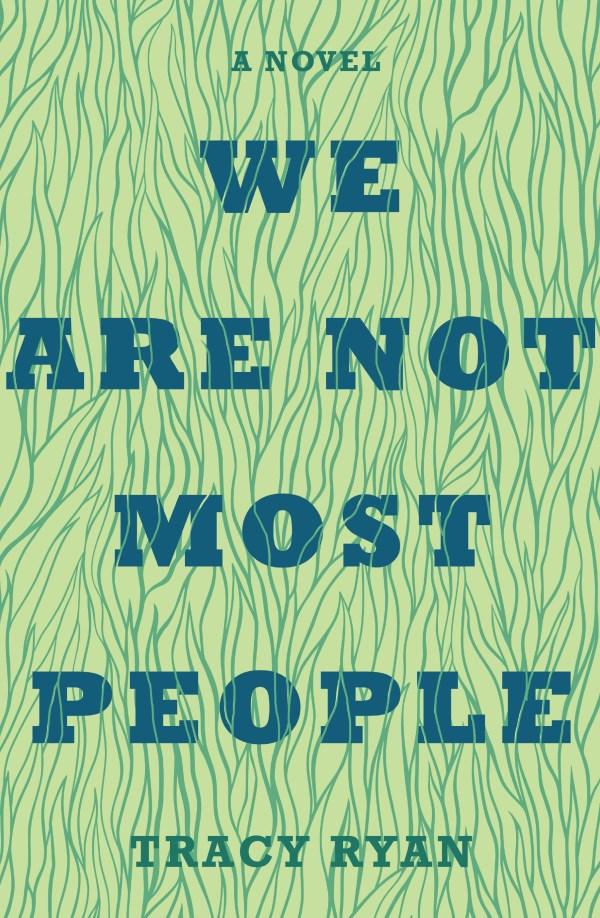We are not most people by Tracy Ryan

Transit Lounge, 2018. ISBN 9781925760040
(Age: 17+) Themes: Identity, Relationships, Faith and faithlessness,
Marriage, Abuse. This story weaves between the unfortunate stories
of two young people separated by continents and thirty years; both
damaged by childhood circumstances and thrust into the strange world
of cloistered vocations. The reader goes on the journey of discovery
as Kurt and Terry age and explore an array of experiences that shape
their future. They are 'not most people' and their personalities are
not standard colourful stereotypes of young people of their age and
times. The story thread and the connection for the two individuals
occurs tenuously in the classroom; Kurt is the teacher who does his
job without great success and Terry is the young female student who
yearns in silence for this man. When he disappears from her life,
she takes a cloistered route, not unlike Kurt's own, in order to
find a sense of meaning and to fill her void. When they reconnect
many years later, their relationship is impaired by history, by the
torment of memory and their own flawed selves. Even though they are
loving, they must struggle through the strain of the poverty and
pain of their experience of love. This book does explore the painful
experience of sexual abuse as it occurred within a European Catholic
Seminary, and it does reveal marriage relationships that are flawed
in their expression. Kurt, even when divorced and alone, remained
close and strangely connected to his first wife, and maintained this
connection even after the much younger Terry entered his life. The
complications of this expression of relationship are felt in a
peculiarly distant way, with pathos and uncertainty for everyone.
Although this book has a frank and raw honesty and a beauty that is
poignant, it is not an uplifting story. It does not reveal hope or
joy, and leaves an incredibly sad pervasive flavour. With each
character's story and the time-line twisted and wrought in the early
part of the book, there is a degree of uncertainty in the direction
of the plot, but it is well-managed by Tracy Ryan. The maturity
required to deal with the discussions of abuse and sexual or marital
dysfunction, demand that this be read only by mature readers,
despite the early chapters dealing with the younger lives of the
central characters. The haunting quality of the writing and the
literature references that are scattered through the book would best
be understood by a well-informed or mature reader. Sad and sombre
books can make you contemplate serious ideas and the directions of
life that can be thrust upon people, and not everyone is alike.
Recommended (for the quality of the writing), to readers aged 17+
Carolyn Hull